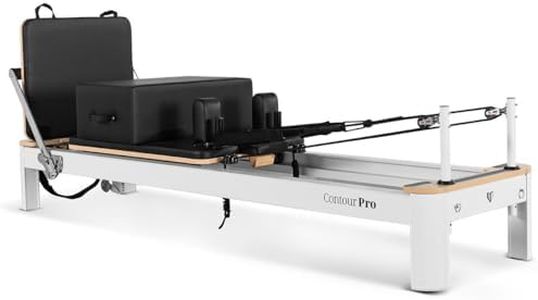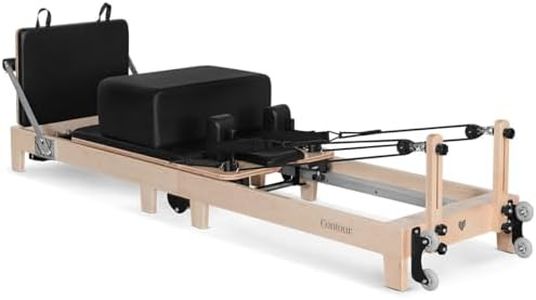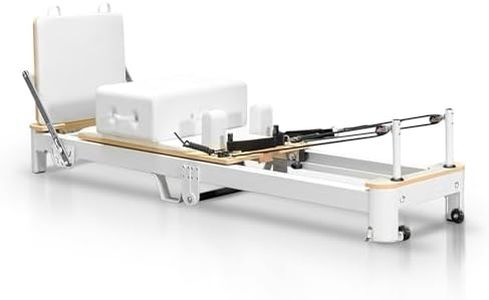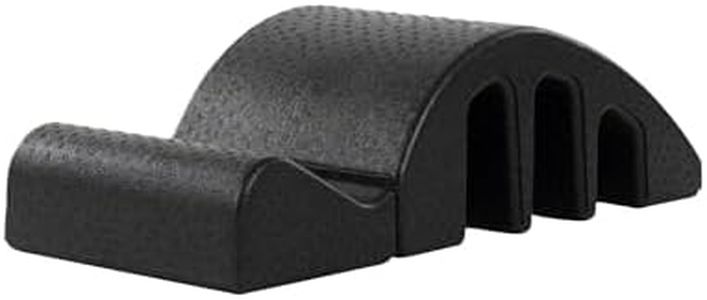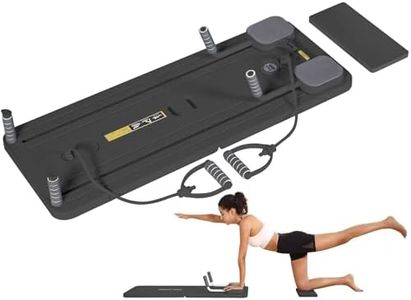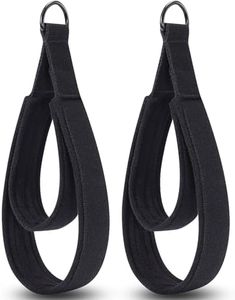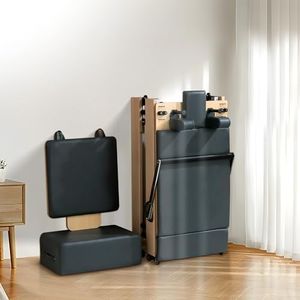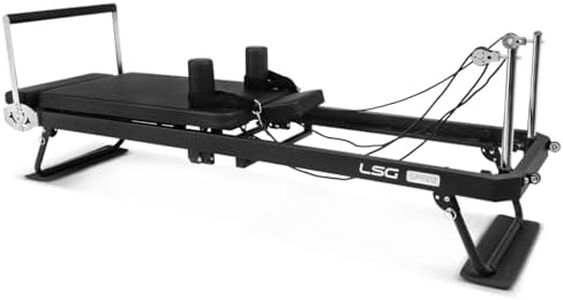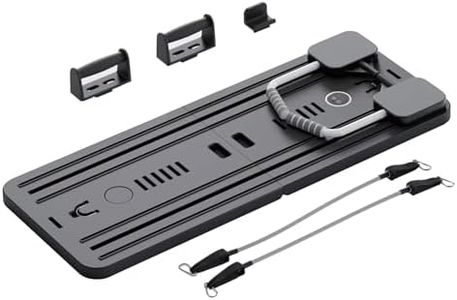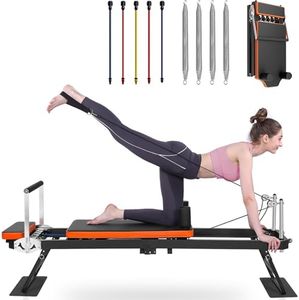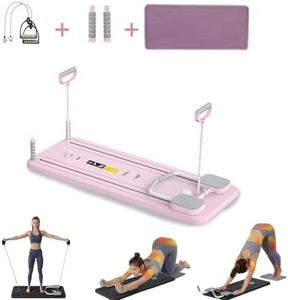We Use CookiesWe use cookies to enhance the security, performance,
functionality and for analytical and promotional activities. By continuing to browse this site you
are agreeing to our privacy policy
10 Best Pilates Machines
From leading brands and best sellers available on the web.Buying Guide for the Best Pilates Machines
Choosing the right Pilates machine can greatly impact your workout experience, effectiveness, and enjoyment. Pilates machines are designed to support and challenge your body in various ways, so it's important to consider how each feature matches your fitness level, goals, available space, and preferences. Take time to understand each specification to find a machine that feels comfortable and encourages regular use.Size and DimensionsThe size and dimensions of a Pilates machine determine how much space it will take up in your home or studio. Measuring your available space is important since some machines are compact and foldable, while others are longer or wider to accommodate different exercises. Compact machines are best for smaller homes or apartments, while larger machines often provide more exercise options and greater comfort if you have adequate space. Always consider not only the footprint when in use, but also storage requirements if you plan to stow it away.
Resistance TypePilates machines usually use springs, cords, or bands to provide resistance during exercises. Spring resistance offers a smooth, adjustable challenge and is commonly found in traditional reformers. Cord or band systems are lighter and sometimes more portable. Heavier resistance is better for those seeking more strength-based workouts, while lighter resistance suits beginners or those focused on flexibility and rehabilitation. Choose resistance that matches your current fitness level and desired intensity.
AdjustabilityAdjustability refers to how you can alter aspects of the machine, like foot bar positions, headrest angles, and resistance levels. Greater adjustability means the equipment can accommodate a wider range of body types and exercises. If you are tall, have specific physical needs, or plan on sharing the machine with others, a model with more settings will likely suit you better. For single users or basic routines, fewer settings may suffice.
Build Quality and MaterialsThe build quality affects the durability and stability of your Pilates machine. Frames are usually made from wood or metal. Metal frames are often sturdier and longer-lasting, while wooden frames can be lighter and look more attractive in your home. High-quality upholstery and secure fastenings make workouts safer and more enjoyable. If you intend to use the machine frequently, look for premium materials for long-term reliability.
Portability and Storage FeaturesSome Pilates machines include features that make them easier to move around and store, such as wheels or foldable frames. Portability is crucial if you have limited space or need to store the machine after each use. Light and folding models are easier to handle but may offer fewer advanced features. Prioritize portability if dedicated workout space is a concern.
Comfort ElementsComfort elements like padded platforms, headrests, and shoulder blocks make a big difference during lengthy workouts. More cushioning is beneficial if you plan to exercise frequently or have sensitivity issues in joints or pressure points. Opt for well-padded and ergonomic designs if comfort is a top priority for your practice.
Included AccessoriesAccessories such as ropes, straps, jump boards, or towers expand the variety of exercises you can perform. If you’re interested in a full-body workout and want room to progress, a machine with more included accessories will provide more value. Beginners might start with a simpler setup and later add accessories as their practice grows.
